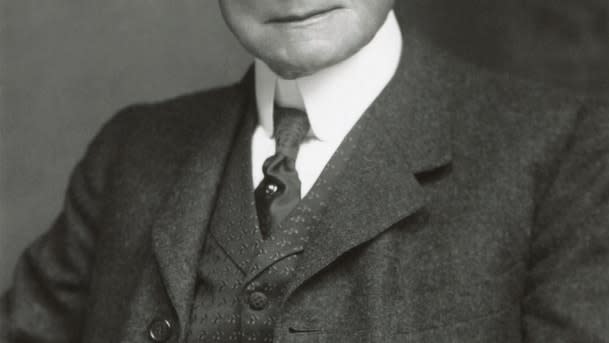There’s a common belief that wealthy Americans were heavily taxed in the 1950s, with a top income tax rate of 91%. But was this the case? Let’s breakdown what was happening with taxes back then.
The top federal income tax rate was 91% for much of the 1950s. However, this figure is a bit misleading regarding what the wealthy paid. The Tax Foundation explains that the 91% tax rate is only applied to incomes over $200,000, about $2 million in today’s dollars.
Don’t Miss:
This means only a tiny fraction of taxpayers reached this income level. The Wall Street Journal said fewer than 10,000 households fell into this top bracket.
Even for those who did earn more than $200,000, not all of their income was taxed at 91%. The 91% rate only applied to the portion of their income above the $200,000 threshold. When all taxes (federal, state, and local) are considered, the richest 1% paid an average of 42% of their income in taxes during the 1950s.
Wealthy Americans back then also had many ways to reduce their taxable income through deductions and shelters. For instance, a doctor could claim paper losses from real estate investments to greatly lower their taxable income.
Imagine a doctor in the 1950s who made $50,000 from his medical practice. He could use $50,000 in paper losses or property depreciation from real estate investments to reduce his taxable income to zero. Many professionals used these kinds of tricks to lower their taxes.
Trending: Rory McIlroy’s mansion in Florida is worth $22 million today, doubling from 2017 — here’s how to get started investing in real estate with just $100.
Today, if a doctor makes $500,000, he can only deduct a maximum of $3,000 from his taxable income, regardless of how much he loses on paper.
It’s hard to figure out how much taxable income was hidden using tax shelters in the 1950s, making it challenging to compare that time to now. However, per WSJ, we know that from 1958 to 2010, the share of total income taxes paid by the top 3% of earners went up from 2.72% to 3.96%. In contrast, the share of taxes paid by the bottom two-thirds of taxpayers dropped significantly, from 2.7% to just 0.51%.
So, while the official tax rate was high, the amount of income subject to this rate was much lower due to different loopholes.
How does this compare to today? Despite lower official tax rates now, the tax burden on the wealthy hasn’t changed as much as you might think. As the Tax Foundation writes, in 2014, the top 1% of taxpayers paid an average of 36.4% of their income in taxes — or about 5.6 percentage points less than in the 1950s.
The idea that high-income Americans in the 1950s paid significantly more taxes is largely a myth. While the top marginal tax rate was 91%, the effective tax rate — the actual percentage of income paid in taxes — was much lower due to deductions and tax shelters.
See Also: Many are surprised that they are eligible for a tax reduction on their home, with just a few seconds you can see if you can save in 3 minutes or less.
Today’s wealthiest Americans don’t face an unusually low tax burden compared to the 1950s. The tax system has changed in many ways, but the overall impact on the tax bills of the rich isn’t as dramatically different as the top rates suggest.
So, next time you hear someone talking about the good old days of 91% tax rates, remember that the reality was much more complex. High-income Americans had ways to significantly reduce their tax bills back then, just as they do today.
Nevertheless, many suggest a global minimum tax to stop billionaires from avoiding taxes. In 2021, over 130 countries agreed to make big multinational companies pay at least 15% in taxes. This means that no matter where companies say their profits are, they still have to pay at least this minimum tax rate.
The general public is vastly in favor of higher taxes for the rich. According to a survey, 70% of people favor higher income tax rates on wealthy individuals, while 69% support higher tax rates on large businesses.
Read Next:
“ACTIVE INVESTORS’ SECRET WEAPON” Supercharge Your Stock Market Game with the #1 “news & everything else” trading tool: Benzinga Pro – Click here to start Your 14-Day Trial Now!
Get the latest stock analysis from Benzinga?
This article Were High-Income Americans Really Paying 91% Income Tax In The 1950s? originally appeared on Benzinga.com
© 2024 Benzinga.com. Benzinga does not provide investment advice. All rights reserved.
Credit: Source link




